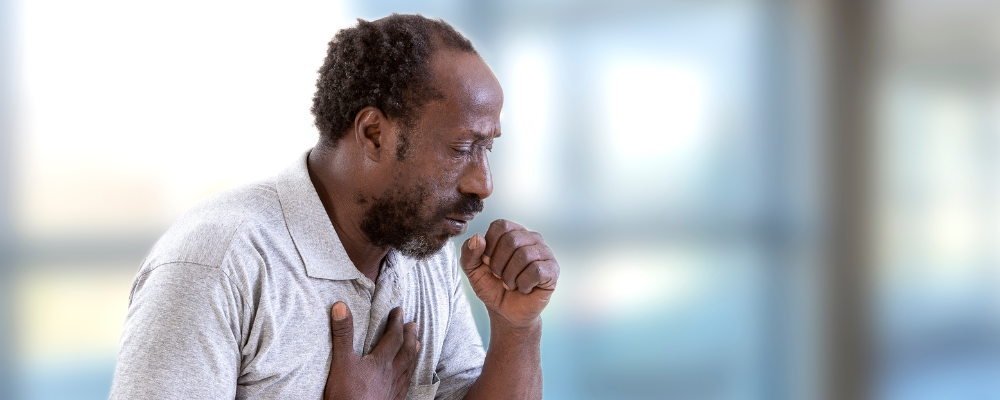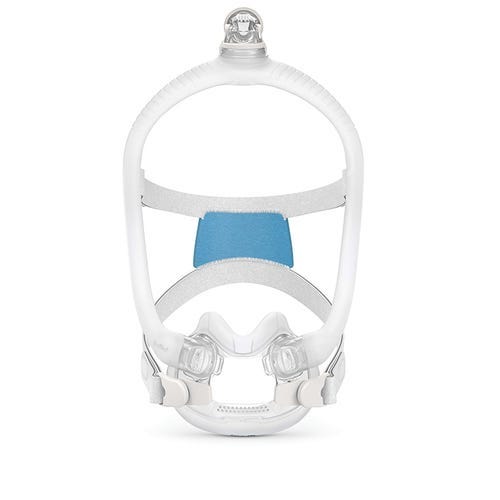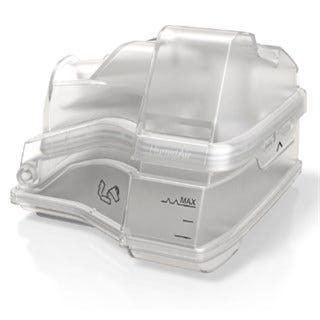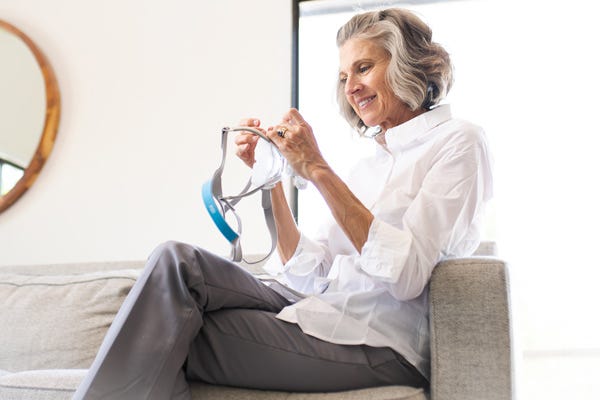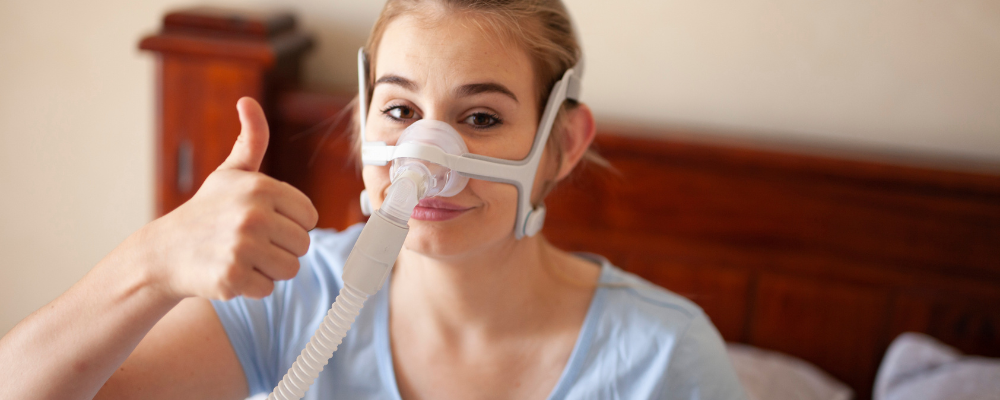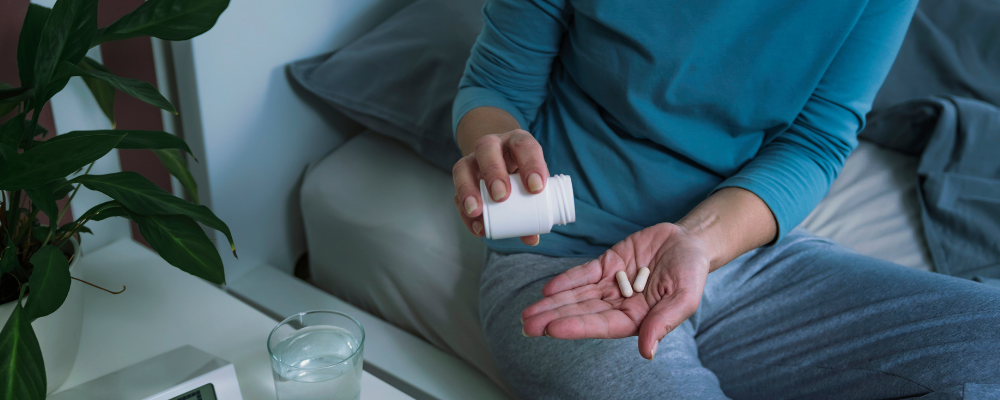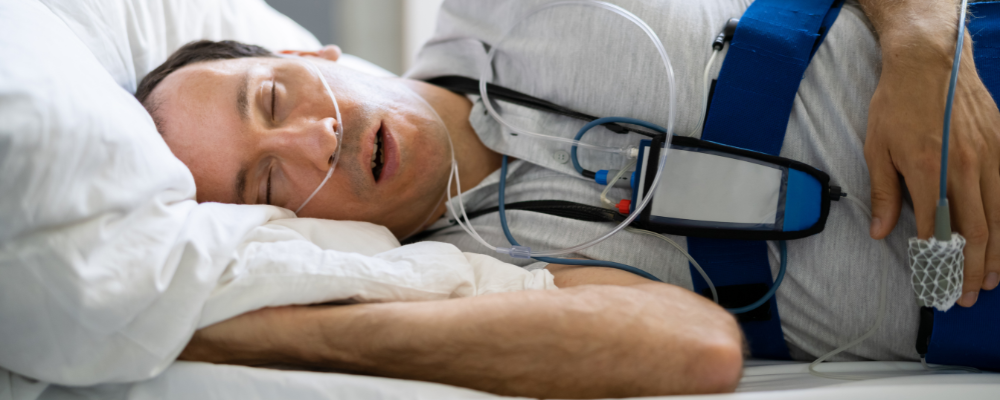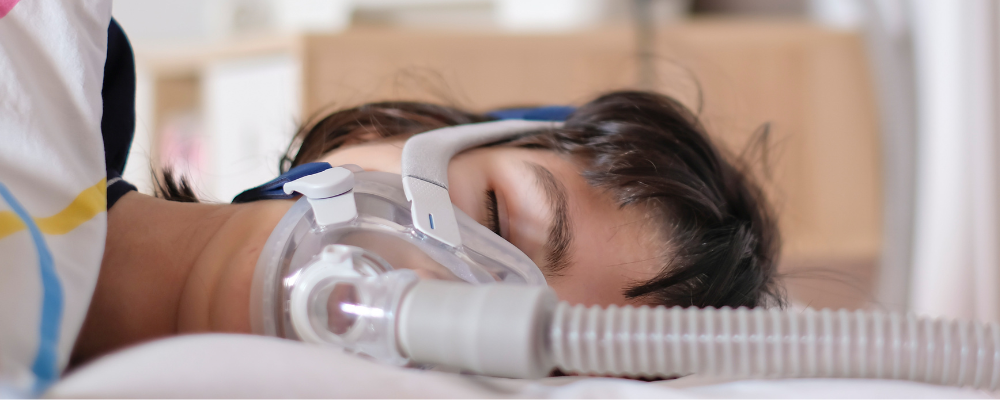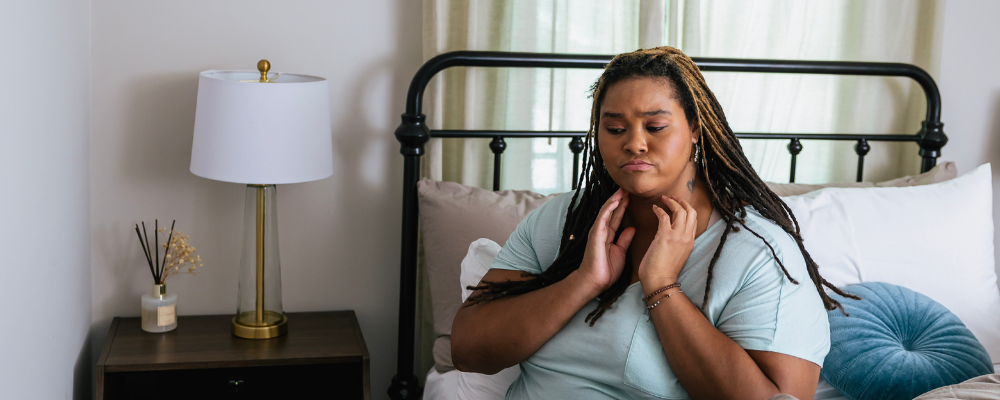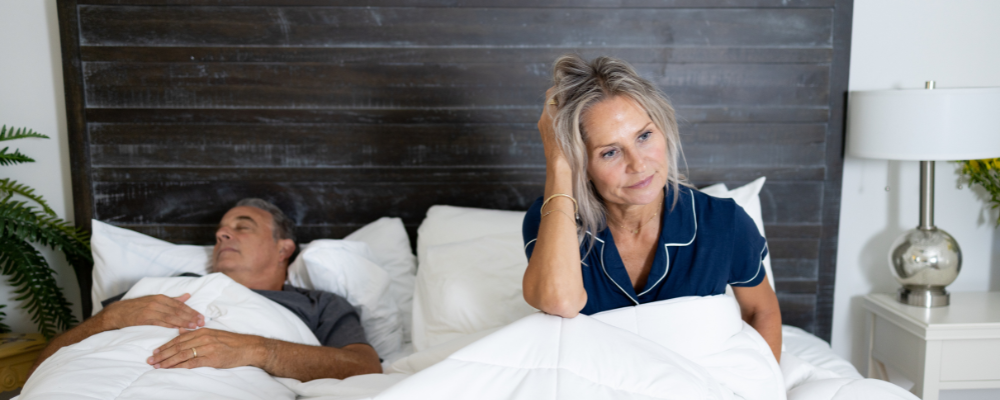Your CPAP device is extremely beneficial to treating your sleep apnea, but do you always seem to wake up with a dry mouth and bad breath? This is a common side effect of CPAP therapy, and it’s a manageable one. Aeroflow Sleep is here to help you identify the reasons you might be experiencing CPAP dry mouth and give you 6 tips to prevent it.
In This Article:
6 Tips To Get Rid Of Your CPAP Dry Mouth
Need Help? Aeroflow Sleep Can Do All 6!
CPAP SUPPLIES THROUGH INSURANCE:
Aeroflow Sleep is in-network with most primary insurance companies and is accreditted by Medicare and Medicaid. Complete our Qualify Through Insurance Form, and we will automatically check to see if your plan covers CPAP supplies; including a machine, mask, and accessories. ***Must have a sleep study to qualify.***
You will also receive the care and attention every sleep apnea patient deserves; one-on-one clinical support in-home or via telehealth, a dedicated Sleep Specialist you can contact during business hours, and a user-friendly online portal with tailored replacement schedule, important updates and notifications, and educational resources.
Let us take the headache out of healthcare. Join the Aeroflow Sleep family today! It only takes 5-7 minutes to get started.
What causes CPAP Dry Mouth?
Let’s start by establishing that, aside from being uncomfortable, CPAP dry mouth can be dangerous to your health. That bad breath that even mouthwash can’t hide may be gum and tooth decay from your CPAP dry mouth! Obviously, we want to ensure your teeth aren’t rotting out your head, so learn to look for the signs ahead of time. Here are 4 ways CPAP dry mouth can happen:
1. Mouth Breathing
If you’re a mouth breather, this is definitely why your mouth is so dry in the mornings. One of the easiest ways to combat this is by trying a full-face CPAP mask, but even then, your natural tendency to breathe through your mouth instead of your nose may make you struggle with things like pressure settings. Preventing your CPAP dry mouth will take some trial-and-error and may involve using all 6 of the tips Aeroflow Sleep knows.
2. Mask Leaks
Mask leaks are when air leaks out of your CPAP mask, allowing the continuous positive airway pressure to escape. Basically, it’s not much better than breathing without a CPAP mask. An easy way to tell if you have a mask leak is if you feel air blowing into your eyes at night. Aeroflow Sleep has an entire video dedicated to preventing mask leaks in the “refit” section below.
Dry air causes CPAP dry mouth; who’d have thought?! But did you know cold air can cause it too? This is because cold air tends to accompany dry air, sucking the moisture out of the room and even your CPAP machine if temperatures drop below a certain degree. Aeroflow Sleep recommends using a humidifier to prevent these conditions.
3. Cold, Dry Air
6 Tips to Get Rid of CPAP Dry Mouth
How do you get rid of dry mouth from CPAP? Well, there are several different ways you can try to prevent it, and Aeroflow Sleep knows 6 of them:
4. Comorbidities
Finally, it’s important to note that causes directly related to using CPAP may not be your only causes of dry mouth. Dry mouth can be a side effect of other medical conditions that are comorbid with sleep apnea; including diabetes or stroke. You could be smoking, aging, and even taking some medicine that causes dry mouth too. Talk to your doctor about which treatment options are right for you.
1. Refit Your CPAP Mask
Refitting your CPAP mask may be all that’s needed to treat your CPAP dry mouth. It’s certainly the easiest way to get rid of CPAP dry mouth, and it’s absolutely free. Michelle Worley, Director of Clinical Operations at Aeroflow Sleep, walks us through how to refit your CPAP mask in the next paragraph; she is also the host of our troubleshooting video.
Start by loosening the straps on your headgear and pull the mask away from your face until you feel air blowing against it. Once you feel the flow of air, tighten your straps until any mask leaks are sealed. You should still be able to slide a finger between your headgear straps and skull. If you can’t, then your CPAP mask is now too tight. If this solution doesn’t work for you at all, it’s time to call Aeroflow Sleep for a new CPAP mask.
2. Get a New CPAP Mask
If your CPAP mask is over 3 months old, refitting your CPAP mask isn’t going to work. CPAP users should replace their CPAP mask every 3 months, and headgear every 6 months. This is because your CPAP equipment breaks down over time, so get rid of your old CPAP supplies to get rid of CPAP dry mouth.
Don’t stop there though; ask yourself if you need to change masks altogether. If you do, Aeroflow Sleep offers a new mask-fitting technology that can tell you which CPAP mask best suits your face shape. A short survey and a selfie is all our algorithm needs to start you on the right path to a better night’s sleep.
3. Try a Full-Face Mask
A full-face CPAP mask is best for CPAP dry mouth, because it literally covers both your nose and mouth. Therefore, the dry mouth symptoms may go away when the air flow is also entering your mouth! Pretty self-explanatory, and the most popular full-face mask among Aeroflow Sleep patients is the ResMed AirFit F30i.
4. Try a Chin Strap
The other two CPAP mask types are nasal and nasal pillows. The first covers only your nose, and the second actually inserts into your nasal passages. Neither ultimately solves your dry mouth problem without purchasing an added accessory: the chin strap.
A CPAP chin strap is an elastic material or adjustable velcro fitting that gently supports your chin, keeps your mouth closed, and encourages you to breathe through your nose. It fits over the top of your head, typically beneath your headgear, and then back under your jaw and is designed to be used in conjunction with your CPAP mask.
It may sound like a silly contraption, but dry mouth isn’t the only problem you could face if you’re a CPAP user who wears a nasal mask or nasal pillows mask and doesn’t wear a chin strap. You could also experience mouth-leak, which is when your airway pressure escapes through your open mouth. This means you’re not receiving the full benefits of your CPAP therapy and may notice the return of your sleep apnea symptoms. See, not so silly now, is it?
5. Use a Humidifier
Humidifiers are great if you live in naturally dry climates. The most common type is a “passover” humidifier; the air literally “passes over” the water and into your tubing. Think about how evaporation works; same concept. Your water chamber is the lake, and the air passing over is headed to the clouds (or your CPAP mask.)
If you live somewhere dry AND cold, invest in a heated humidifier. Much like heated tubing, this humidifier warms the air as it moves through the water chamber. The warm, moist air created by humidification will cancel out your natural climate. This is also the best option for sleep apnea patients who suffer from other sleep disorders or respiratory issues.
6. Adjust Your Pressure Settings
Last but not least, it’s time to bring out the big guns and adjust your pressure settings. The right CPAP pressure for you is dependent on your AHI (apnea-hypopnea index,) weight, blood pressure, and more. CPAP dry mouth generally means your settings are too low, and this is especially true if your AHI is greater than 5. That suggests the CPAP device isn’t fully treating your sleep apnea.
To adjust your CPAP settings, contact your doctor or dedicated Aeroflow Sleep Specialist. They’ll order a new titration, then provide a prescription for new settings.
Need Help? Aeroflow Sleep Can Do All 6!
Tackling dryness is not an exact science. If you need additional support, Aeroflow Sleep can do any of the 6 tips you just read about. We have a service team that can help refit your mask and adjust your pressure settings. We have resources; like the "Weiss Words" video series with Dr. Carleara Weiss, covering dry mouth and other topics relating to sleep apnea. Finally, we can cover your fresh CPAP supplies up to 100% through insurance.
No other CPAP supplier can do all of that, so what are you waiting for?! Check your eligibility and become a part of the Aeroflow Sleep family today.


